45 Smart Financial Moves You Can Make in an Hour or Less This Weekend
Hey, can you spare a few minutes?

Hey, can you spare a few minutes? We know you’re busy, but chances are you can set aside 15 or 30 minutes, or even an hour, to tackle some of these quickie tasks. Our collection of financial fixes—designed to save you money, get you on track to reach a goal or simplify your life—run the gamut from trimming your cable or phone bill (15 minutes or less) to applying for a more rewarding rewards card (30 minutes) to setting up an estate plan (one hour). Ready? Get started.

Set Up Online Bill Paying
With Mint Bills, you can track and pay bills and receive reminders of upcoming due dates. (Your bank may offer the same service.) Mint Bills is free if you pay bills directly from a bank account. To link each bill, search for the provider and enter either the account number or the username and password that you use to log in to the account online.

Sell Old Gadgets
Brush the dust off old smartphones, tablets or other devices and head to Gazelle.com, uSell.com, Nextworth.com or Amazon Trade-In to get an instant quote. Request a prepaid shipping kit or print a free shipping label. Before popping your device in the mail, back up your info to the cloud or save to a different device. To delete personal data from your smartphone, erase or remove the SD or SIM card, and restore the phone to its factory settings. Recent Apple products will automatically encrypt user data, but Android users should visit the Settings menu to manually encrypt their data. For computers, “deauthorize” any digital rights management software, such as iTunes, and disassociate your Apple ID or other accounts. You’ll also need software that erases data, such as Active@KillDisk, which you can download free.

Create an Estate Plan
If your circumstances are straightforward—you plan to leave everything to your spouse, for example—sites such as LegalZoom, Nolo and Rocket Lawyer can generate a will or estate plan online for as little as $35. Next, download the free form from Caring Info to create a health care proxy to name an individual who will make decisions for you if you’re incapacitated. While you’re at it, create a living will (available either with the health care proxy or separately, depending on your state) to specify what kind of treatment you want during a terminal illness.

Lower Auto Insurance Premiums
Go to your state insurance website and find its car insurance buyer’s guide. Most guides show sample prices for auto insurers. Pick the six insurers with the lowest rates for the example closest to your situation, and call the insurers to get price quotes for identical coverage. If you find a better rate, your current insurer may offer to beat the quote. You can also get help from an independent agent (go to TrustedChoice.com).Or compare rates from several insurers at InsuranceQuotes.com and Insurance.com.

Save on Prescription Drugs
Use your insurer’s web tools to see how much money you can save by switching to generic medications or therapeutic equivalents that may cost a lot less under your insurance plan. (You’ll have to check with your doctors before you switch.) Also find out if your insurance plan has a preferred pharmacy with lower out-of-pocket costs or if you can save money by using a mail-order pharmacy. Compare costs by pharmacy and get coupons at GoodRx.com
SEE ALSO:
How to Cut Prescription Drug Costs
p>

Audit Your Home’s Energy Usage
Spot energy leaks and inefficiencies with the Home Energy Saver. Gather specific energy ratings for your heating, cooling and water-heating equipment from the labels or user manuals. Enter your ZIP code to receive estimates of energy costs and usage for typical and efficient homes in your area. Then follow the prompts to add more information. The resulting report will show you how much you spend on energy annually and how much you could save with recommended upgrades.

Apply for TSA PreCheck
Log on to TSA PreCheck to complete the online application and schedule an appointment to enroll in person (find the nearest enrollment centers at Universal Enroll). Walk-ins are welcome, but you will have to wait. At the interview, you’ll have to pay a nonrefundable fee of $85, show proof of identity and share your fingerprints. Once you’re approved, enter your “known traveler number” when reserving a flight to qualify for the PreCheck lane, where you can keep your shoes and belt on when you go through security.
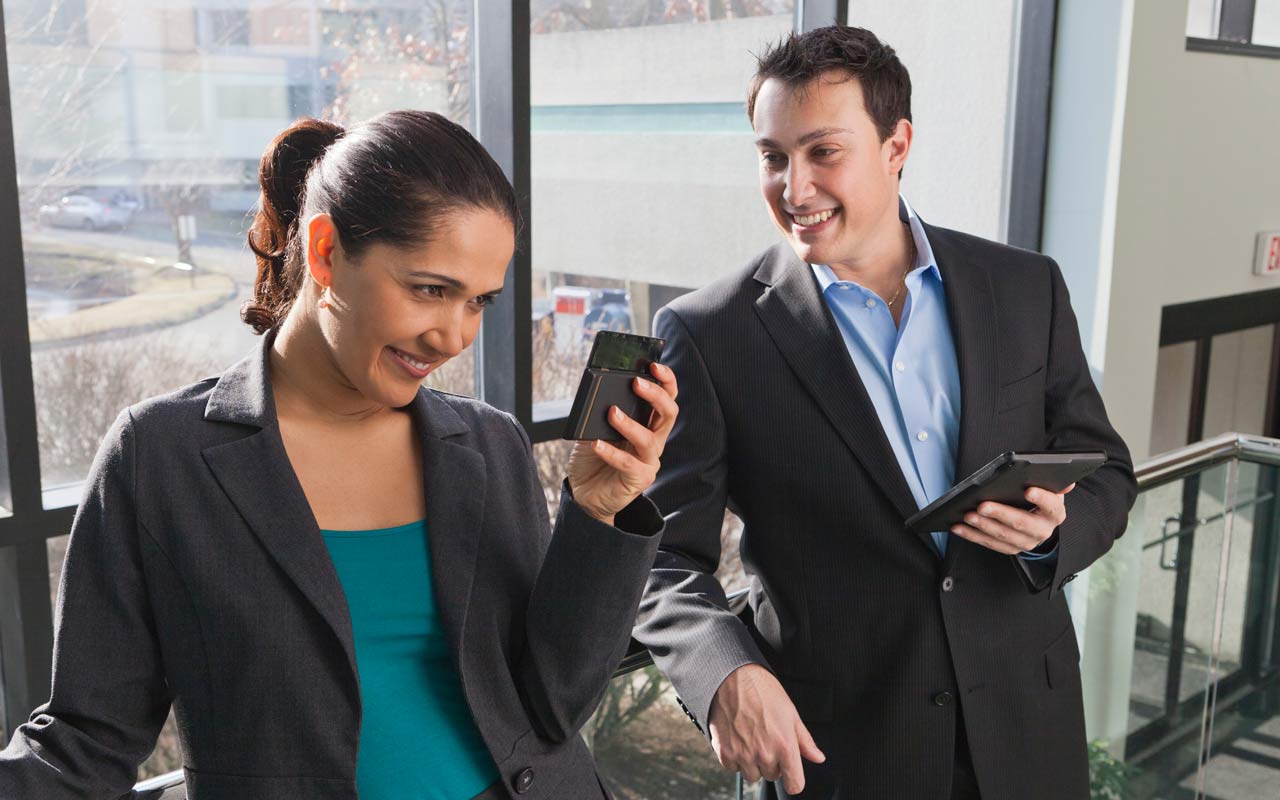
Secure Your Smartphone
If your phone isn’t password-protected, set a lock-screen pattern, PIN or password. Consider adding an extra layer of security to apps with sensitive information. Android users will need an app such as AppLock to password-protect individual apps, but iPhone users can do it by selecting “Settings,” “General” and then “Restrictions” to set a password and apply it to certain apps. Protect against a misplaced, lost or stolen phone by enabling location-access services. Apple users need to sign in on the Find iPhone app using their Apple ID. Android users can access the feature by signing into their account. Windows users should go to Microsoft.com. You’ll be able to track your phone’s location and remotely erase your data from any web browser.

Set Up a Password Manager
A password manager such as Lastpass will tie all of your passwords together and store them in a file that’s secured by a single, ultra-secure master password. Download the program and type in a master password. The service gathers and encrypts passwords and other private information. It’s free for one device, but you’ll need the premium version ($12 per year) for multiple devices.

Protect Your Wi-Fi Network
See the instruction manual that came with your router or the manufacturer’s website for instructions to turn on encryption and the firewall and keep your internet connection secure. Then change your wireless network’s default name and password. Also consider turning off “network name broadcasting” so that your network won’t appear to others in your area, or set up a MAC address filter, which limits access to the network to devices that you approve.

Switch to a Better Online Broker
See Kiplinger’s ranking of the best online brokers to find the best fit for you. Fill out an application online, then stay on the new broker’s site to initiate a transfer of assets from your old brokerage firm or bank. Switching over an entire account is easiest, but you can select individual securities or cash. Some mutual funds may not be eligible to transfer—call your new broker beforehand to find out.

Trim Your Fund Bills
Log in to your account and click on a mutual fund or exchange-traded fund in your portfolio. Find the expense ratio, which is the annual fee charged by the fund. Use your broker’s screening tool to find similar funds with lower expense ratios. For example, you could swap a large-capitalization stock fund for Schwab U.S. Large Cap ETF (SCHX). Closely tracking Standard & Poor’s 500-stock index, the ETF has razor-thin expenses of 0.03%.

Harvest Tax Losses
Sell your losers and you can deduct the losses against capital gains, as well as use up to $3,000 in losses to offset taxable income. Still like the investment? Swap it for a similar one. But don’t violate the “wash sale” rule, which requires a 30-day wait to buy a “substantially identical” security.

Cut Your Investment Fees
Link your investment accounts to FeeX, a free online tool, to see a breakdown of all the charges you’re paying, including underlying mutual fund and ETF expenses, trading commissions, and custodial and advisory fees. The tool suggests similar, lower-fee investments, and it shows potential savings if you switch funds. Personal Capital, an online budgeting and investing tool, can also run a fee checkup.

Open an HSA
If you have a high-deductible health insurance policy and your employer has a preferred provider, get the enrollment form for a health savings account from your HR department. That may be the best option if it’s the only way to qualify for a company match. If your employer doesn’t match contributions, you can open an HSA at any financial institution that offers them. Compare fees and investments at HSAsearch.com.

Pay Less for Life Insurance
Provide information about your health, age, contact information, length of term (from 10 to 30 years) and amount of coverage at AccuQuote. You’ll get term insurance price quotes from several companies. If prices are lower than for your current policy (or if you can lock in a low rate for a longer period), then choose an insurer and apply online. (The final price depends on the results of a medical exam.) Or call AccuQuote at 800-442-9899 to get a quote, especially if you have medical issues or coverage questions.

Share Financial Info With Your Family
Create a master list that lets your spouse know how to get into your accounts and where to find important documents if you become incapacitated or die first (you may want to share the list with adult children, too). Store the list online, using a document-storage account such as Dropbox.com and give your spouse the user name and password to the account. Also keep a paper copy of your information.
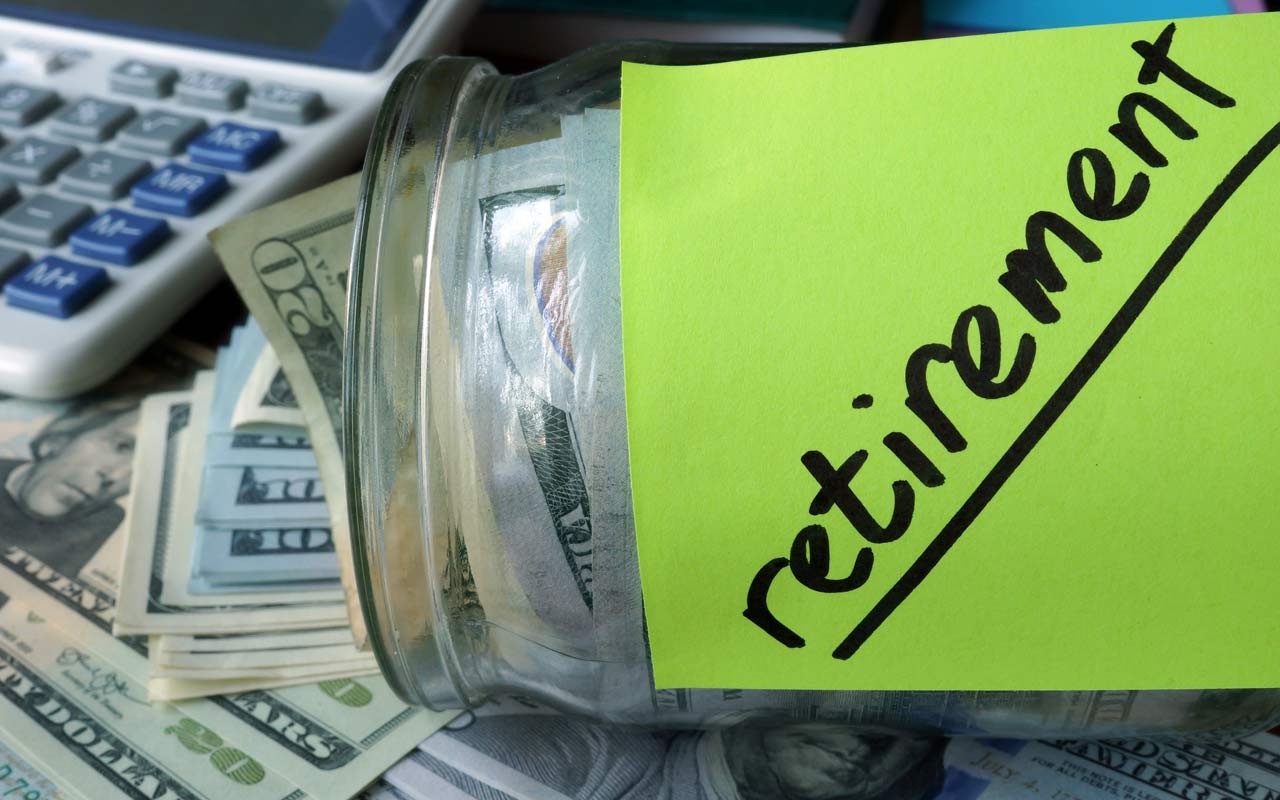
Size Up Your Retirement Stash
Go to Kiplinger's Retirement Savings Calculator and fill in information about your salary, accumulated savings and future sources of retirement income (including Social Security benefits and any pension income). Our calculator estimates how much you need to save each month to reach your goal.
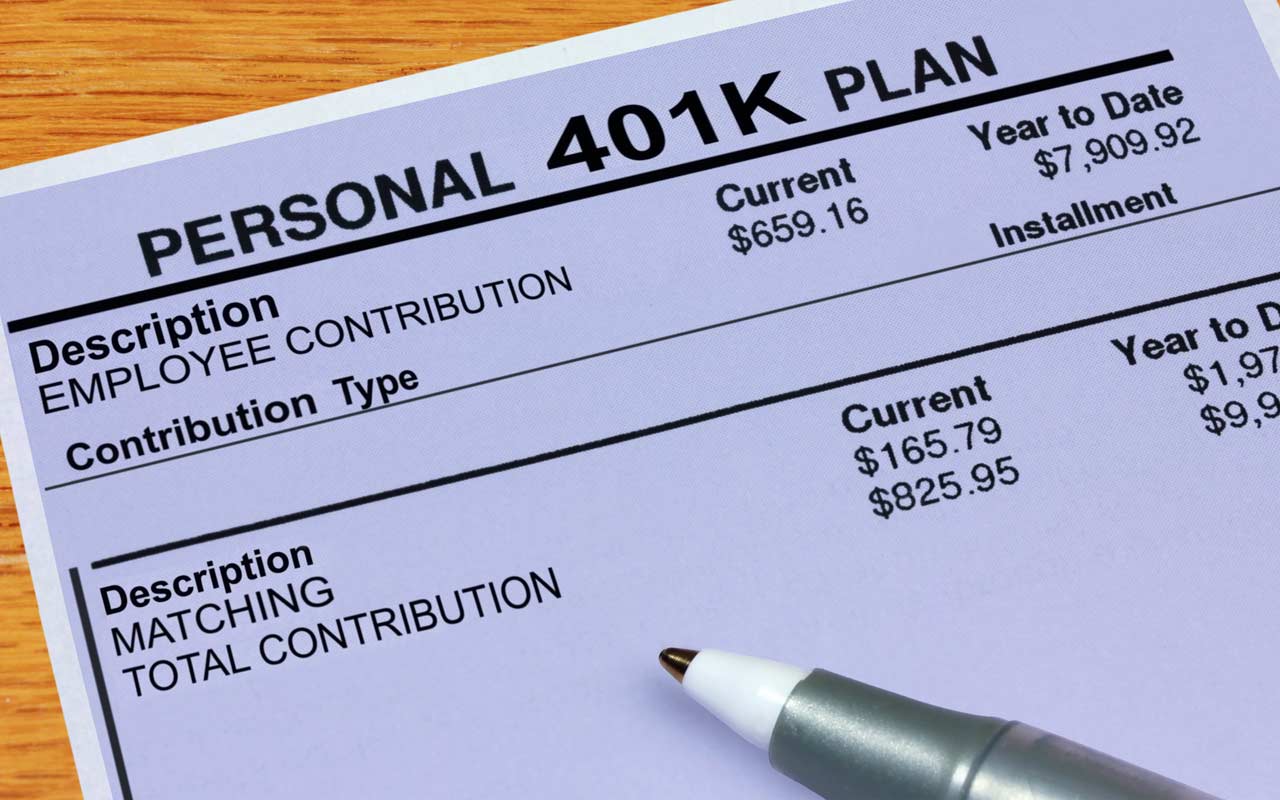
Tweak the Choices in Your 401(k)
Log in to your account and go to the page that lets you manage your money. Look for the appropriate button or category—say, “Change My Investments” or “Change My Paycheck Deduction.” For 2016, you can contribute up to $18,000 to your 401(k) or similar employer-based plan, or up to $24,000 if you are 50 or older.
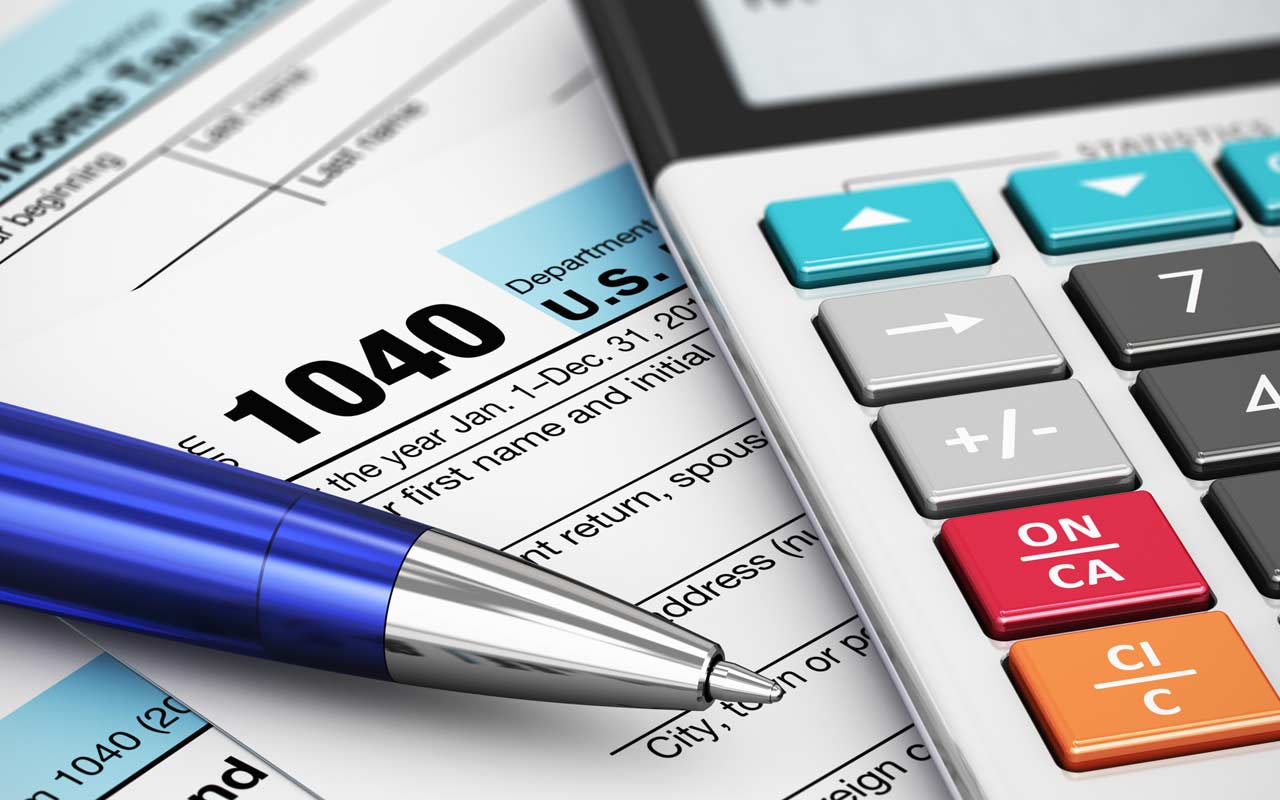
Get a Fatter Paycheck
If you’ve been lending money to Uncle Sam—that is, getting a big tax refund each year—use Kiplinger’s withholding calculator to reduce your withholding. Consult your 2015 tax return and latest pay stub to fill in the blanks; you’ll have to make some educated guesses about other income and expenses. The calculator tells you how many allowances to claim. Then go to your human resources department and ask to fill out a revised W-4 form (or download the form at www.irs.gov).

Reassess Your Risk Tolerance
To create an investment plan that suits your goals and fits your personality, use Vanguard’s Investor Questionnaire as a starting point. Gather estimates of your annual Social Security or pension benefits and the balances of your 401(k), IRA and other investment accounts, then answer 11 questions about your time horizon and your tolerance for risk.

Get a Better Deal on Cable
Is your cable or internet service bill creeping upward? Call the customer-service number for your service provider and ask whether you qualify for any promotional deals. If you don’t succeed with a phone call, check whether the company has a presence on Twitter. You may get what you want by requesting a discount via tweets directed to the company’s account.

Reshop Your Cell-Phone Plan
At this Wall Street Journal interactive tool, select the number of phone lines, voice minutes, messages and gigabytes of data you need per month. You’ll see options from AT&T, Sprint, T-Mobile and Verizon.

Put Your Savings on Autopilot
To squirrel away money before you have a chance to miss it, create automatic, recurring transfers from checking to savings and investment accounts. Log in to your checking account and look for an option to transfer funds. Enter routing and account numbers for your savings account and choose the frequency and amount for each transfer. Then set up a transfer to your investment account, too. Watch out for any fees that your bank may charge for transferring to external accounts; you may be able to avoid fees by initiating the transfer through the savings or investment account instead.

Save Extra Money With an App
Qapital gives your savings a boost by automatically collecting small chunks of your money for you. Link your checking account to the app and create rules that will prompt transfers to Qapital’s savings account (held by Wells Fargo).

Never Bounce a Check Again
Check your bank’s website for an option to link your checking account to a savings account. If you draw too much from the checking account, the bank will transfer money from the backup account (you may pay a fee of $10 to $15).

Search for Lost Money
Go to MissingMoney.com and enter your name and state of residence in the search fields. If you have unclaimed property in state or local government records—such as cash in a forgotten bank account, a utility deposit or investments—your name will appear along with details on the property and directions on how to file a claim.

Copy Everything in Your Wallet
If your purse or wallet is lost or stolen, having copies or scans of the front and back of your driver’s license, credit cards, and membership and loyalty cards will make the process of suspending accounts and replacing cards go more smoothly. Keep paper copies in a safe place, and store scanned PDFs on your computer and back it up.

Consolidate Loyalty Cards
Slim down your wallet or key ring without missing out on rewards or discounts with a mobile wallet, such as Android Pay, Samsung Pay or Apple Pay’s Wallet, or download the free Key Ring app (Apple and Android). Use the camera on your phone to scan loyalty cards into the mobile wallet or app. The next time you’re in the store, show the digital version of your card’s barcode.

Sell Old Gift Cards
At GiftCardGranny, you can sell the card to a partner site at the offered rate or list it for sale at a price you choose (you’ll pay a fee of about 10% to 15% to the listing site). You’ll receive a check in the mail or a credit to your PayPal or bank account.

Redeem Credit Card Rewards
Log in to your account and look for an option to redeem cash back, points or miles. You may choose to get a check in the mail, a credit toward your bill, or a deposit into your bank account, or to exchange points or miles for travel bookings, gift cards or merchandise.

Monitor Your Subscriptions
Truebill.com links with your bank, credit card or PayPal account to scan your monthly statements and track paid subscriptions, from your Netflix account to your gym membership. If you see a forgotten subscription or one you no longer want, use the site’s one-click cancellation feature. Truebill also sends a monthly report to alert you to any rate hikes or extra fees.

Digitize Your Receipts
You’ll reduce clutter from paper receipts if you organize and store them with the free Receipts by Wave app. You can photograph and categorize receipts, plus save them in the cloud so they’re accessible from the app or at Waveapps.com.

Get the Best Deal Online
To make sure you are getting the lowest price on your purchases, install two web browser add-ons. Ziftr Alerts compares prices as you shop and lets you know when it spots the item for less. Honey Honey scours the web for coupon and discount codes—before you buy, just click the icon the extension installs on your toolbar.

Test the Refinancing Waters
After the turmoil of Brexit in late June, the 30-year fixed rate fell to 3.5%, according to Freddie Mac. To see whether a refi makes sense for you, visit the Zillow Mortgage Marketplace. Fill out an anonymous loan request with personal information and the type of mortgage you want. You’ll get instant quotes on rates, fees and payments. Before you connect with lenders, use the Zillow refi calculator to see whether you can save enough to recoup the cost of a refi before you sell the home.

Lower Your Student Loan Payments
Go to StudentLoans.gov and click on “Repayment Estimator” under “Managing Repayment.” Enter the balance and interest rates of each of your federal loans and your income information to see what your payments would be for each repayment plan.

Set a College Savings Goal
Visit SavingforCollege.com to use the World's Simplest College Cost Calculator. You can generate estimates based on the average cost of a private or in-state public college education or the cost of a specific school. Enter how much you have saved so far and what kind of investment return you expect for your college fund (or use the calculator’s default settings). The calculator delivers an instant verdict on how much you should save each month.
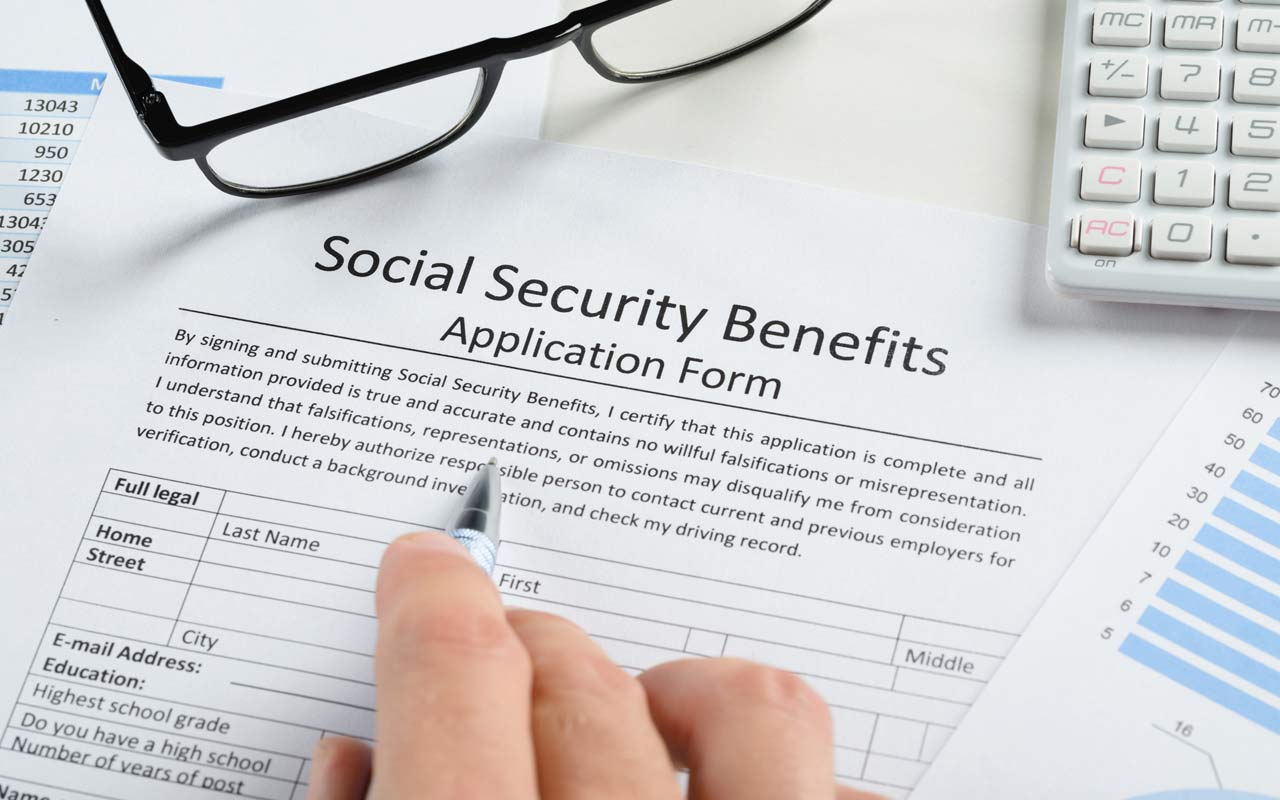
Sign Up for My Social Security
Want to see what you’ll get when you claim benefits? Go to SSA.gov and click on “My Social Security.” Enter your personal information and answer several security questions, then create a user name and password. You’ll see a preview of your benefits.
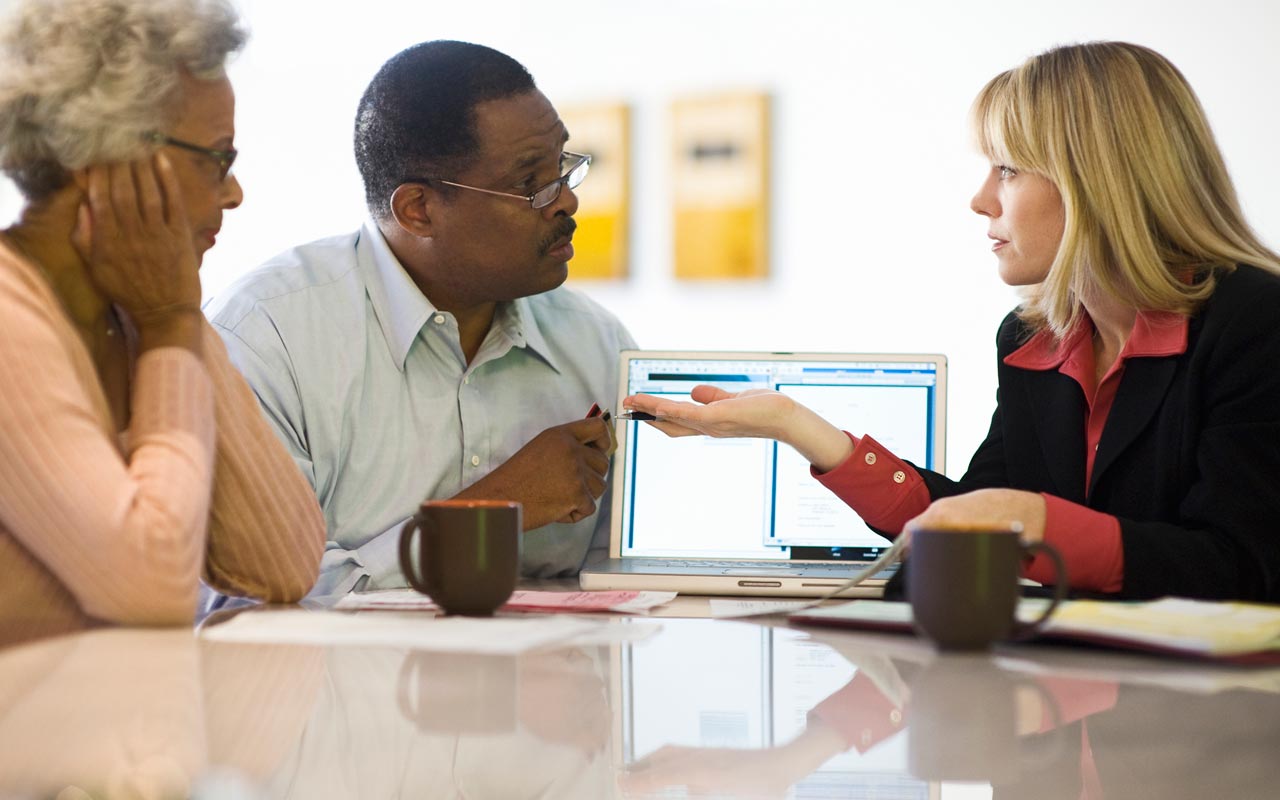
Make a Date With a Financial Planner
Visit Let’s Make A Plan or NAPFA to locate planners in your area. (For a planner who will do a onetime checkup, you can also search at the Garrett Planning Network.) Research a few to see whose skills and resources mesh with your situation and set up a free,

Set Up a Budget
With budgeting tool Mint.com, you can get a big-picture view of your finances. Link to your financial accounts by entering your online user names and passwords; you can also put in information about your home and car to get estimates of their value and track your overall net worth. Set limits for how much you want to spend monthly in various categories and receive alerts when you go over budget.

Protect Important Documents
If your critical documents are residing in a drawer or a folder, shop for a home document safe to help protect them from a fire, flood or theft. Look for a document safe that has been tested by Underwriters Laboratories (UL) or Intertek (ELT) and is built to withstand at least 30 minutes of fire up to 1,550 degrees Fahrenheit. A safe with about 1 cubic foot of space typically costs between $100 and $300. (Before stashing the documents away in your new safe, take photographs or scan the papers, and make extra copies of electronic files to store in the cloud.)

Cash in Loose Change
At Coinstar.com,search for a nearby Coinstar kiosk (often found at grocery stores). The machine will sort and count coins for you, and cashing them in is free if you redeem the money as a gift card from companies such as Amazon.com, Applebee’s, Best Buy, Home Depot, iTunes, Lowe’s and Starbucks.

Find the Best Savings Account for You
Go to DepositAccounts.com and enter your state, how much cash you have to save, and how long you plan to hold money in savings. The tool will list high-interest account options in several categories, such as “Keep It Simple” (using a single savings account) and “Mix and Match” (dividing between certificates of deposit and a savings account). Visit the bank’s website to open an account and transfer money.

Run a Credit Checkup
Start by visiting CreditKarma.com, where you can sign up to see free credit-report information from credit agencies Equifax and TransUnion, as well as your VantageScore credit scores from each bureau. (You can also sign up to receive notifications of changes in your TransUnion report.) Then go to CreditScorecard.comwhich provides a free FICO credit score and credit report information from credit agency Experian. Finally, go to AnnualCreditReport.com to see free copies of your credit report from each of the three major bureaus.

Get a More Rewarding Rewards Card
In our Best Rewards Credit Cards for Your Wallet slide show, review our roundup of the best rewards cards and choose one that best suits your spending patterns. If you have good credit, you could be earning 2% on every purchase you make with a credit card—and up to 6% in certain categories. Visit the card issuer’s website to fill out an application.
Get Kiplinger Today newsletter — free
Profit and prosper with the best of Kiplinger's advice on investing, taxes, retirement, personal finance and much more. Delivered daily. Enter your email in the box and click Sign Me Up.
-
 Customer Services are Strained at the SSA, You Should Plan Around These Federal Holidays
Customer Services are Strained at the SSA, You Should Plan Around These Federal HolidaysIf you have a question or need information from a federal agency, check the federal holiday schedule to make sure you get your business done before they close.
By Donna LeValley
-
 Stock Market Today: No 'Powell Put'? No Problem
Stock Market Today: No 'Powell Put'? No ProblemInvestors, traders and speculators look beyond both another Trump post and more signs of slowing economic activity.
By David Dittman
-
 What to Do With Your Tax Refund: 6 Ways to Bring Growth
What to Do With Your Tax Refund: 6 Ways to Bring GrowthUse your 2024 tax refund to boost short-term or long-term financial goals by putting it in one of these six places.
By Rachael Green
-
 What Does Medicare Not Cover? Eight Things You Should Know
What Does Medicare Not Cover? Eight Things You Should KnowHealthy Living on a Budget Medicare Part A and Part B leave gaps in your healthcare coverage. But Medicare Advantage has problems, too.
By Donna LeValley
-
 15 Reasons You'll Regret an RV in Retirement
15 Reasons You'll Regret an RV in RetirementMaking Your Money Last Here's why you might regret an RV in retirement. RV-savvy retirees talk about the downsides of spending retirement in a motorhome, travel trailer, fifth wheel or other recreational vehicle.
By Bob Niedt
-
 New Apple iPhone Update Helps Protect Your Security
New Apple iPhone Update Helps Protect Your SecurityThe new Apple iPhone update that hit phones recently helps protect yourself with security fixes.
By Alexandra Svokos
-
 The Six Best Places to Retire in New England
The Six Best Places to Retire in New Englandplaces to live Thinking about a move to New England for retirement? Here are the best places to land for quality of life, affordability and other criteria.
By Stacy Rapacon
-
 Smart Ways to Invest Your Money This Year
Smart Ways to Invest Your Money This YearFollowing a red-hot run for the equities market, folks are looking for smart ways to invest this year. Stocks, bonds and CDs all have something to offer in 2024.
By Jeff Reeves
-
 The 10 Cheapest Countries to Visit
The 10 Cheapest Countries to VisitWe find the 10 cheapest countries to visit around the world. Forget inflation woes, and set your sights on your next vacation.
By Quincy Williamson
-
 Apple Hikes Apple TV Plus Price and Other Services
Apple Hikes Apple TV Plus Price and Other ServicesApple’s latest round of price increases follows price hikes from Netflix, Discovery and other streamers in the last few months.
By Joey Solitro
